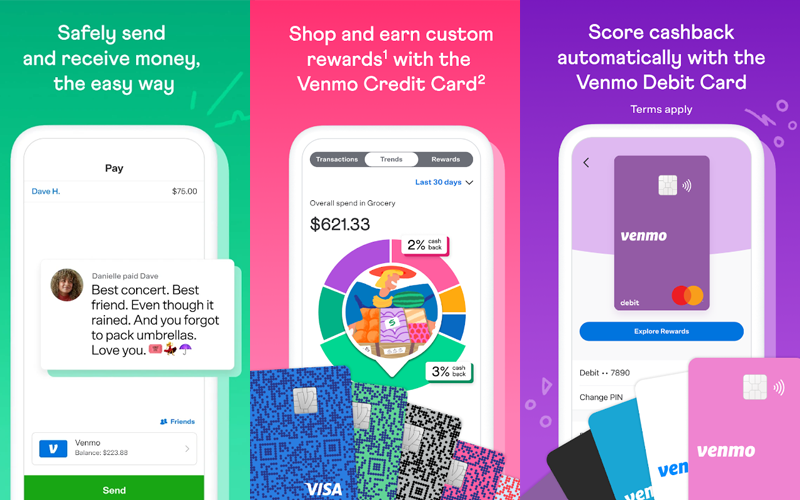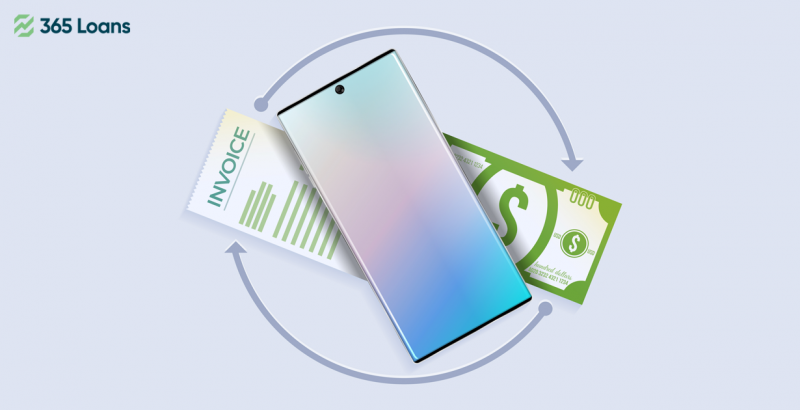Introduction
You’ve heard of Venmo and how popular it is among young people. But what about older people? If you are an adult or senior and have questions about how this money transfer app works or what it can do for your finances, this guide is for you! We’ll cover everything from how to use Venmo, its benefits, and even why some people don’t like using it. So if you want to learn more about this simple (but powerful) tool for managing your money more easily, keep reading!
How to use Venmo
Venmo is a popular app for sending and receiving money. The first step is downloading the app, creating an account, and connecting your bank account. Once this is done, use Venmo to pay friends or family members who also have Venmo accounts. When someone sends you money through Venmo, it will appear as “pending” until they’ve confirmed their payment (this usually takes less than 24 hours). You can transfer funds from pending payments directly into your bank account at any time by tapping “transfer” under each transaction.
What is a money transfer app?
A money transfer app is an app that allows you to send and receive money. You can pay for things online or transfer money to friends and family.
You can also use them to split bills with friends.
How does it work?
Venmo, which PayPal owns, is a money transfer app. It allows you to send money to friends and family in seconds. You can also use Venmo to pay for things online (like your Netflix subscription or Airbnb booking) or in stores (like at a restaurant).
If you’re worried about this app’s security, don’t be! Venmo has built-in security features that keep your information safe while using the platform–and if something does happen with your account, they’ll help fix it as soon as possible.

Why is it so popular among the young and old alike?
Digital money is popular among the young and old alike.
- It’s easy to use: Digital money can be accessed from any device with internet access, making it easy for you to pay bills or send money from your phone, tablet, or computer.
- It’s cheap: You don’t have to pay extra fees when using digital money services like PayPal or Venmo because they’re not tied into your bank account like credit cards. This means lower costs on every transaction–and no more paying 3% foreign exchange fees when traveling abroad!
- It’s fast: Digital transactions process in seconds rather than days (or never), so if you want something now rather than later, then this form of payment might be perfect for you!
- It’s secure: Because these systems are online-based, there is always less risk involved with keeping track of who has access to what information–you don’t have to worry about identity theft because everything happens behind closed doors; plus there are fraud protection measures built into each system which helps keep things safe even further still!
The benefits of using Venmo
Venmo is a popular digital money service that allows users to send and receive money.
- You can send cash to anyone with a Venmo account, regardless of whether they have an iPhone or Android device, as long as they have access to the internet.
- You can also use Venmo for purchases from merchants who accept it as payment (e.g., retailers like Amazon).
- You can move funds from your Venmo account into your bank account or vice versa by linking them within the app’s settings menu; this process takes 1-3 business days, depending on how much money you’re transferring out of the platform and into another financial institution’s system.*
Setting up recurring payments–like rent or utilities–is easy through this feature too!
The downsides of using Venmo.
The downsides of using Venmo.
- It’s not a bank or a place to store your money. You can only use it to send and receive funds from other people who have created an account on the app, so if you don’t have friends who use Venmo and want to adopt it as their preferred payment method, this might not be the best option for you.
- It isn’t secure enough for storing large amounts of money in case something happens–like losing your phone or having it stolen–and since there aren’t any physical bills involved with using Venmo (or any other digital payment system), there are no safeguards against fraud either; that means if someone steals your username and password, they could access all of your funds at once without having any paper trail leading back to them! So while digital wallets may seem convenient at first glance because they’re easy-to-use apps on smartphones instead of carrying around cash everywhere with us like our grandparents did when they were young adults too lazy/busy/poor (pick one) enough not to bother opening up checking accounts yet…they’re also less secure than traditional banking services like Chase Bank or Capital One which offer fraud protection measures such as identity theft insurance policies worth up.
Is it safe to use?
If you’re worried about using digital money, rest assured that it’s perfectly safe. You can set a PIN code to keep your account secure and activate two-factor authentication (2FA) by linking your phone number with the app. If you notice any suspicious activity on your account or someone trying to access it without permission, report it immediately via the app menu or through customer support at [email protected]
Learn how this simple app works and what you can do with it.
A money transfer app can easily send and receive money with friends, family, and others. The most popular apps are Venmo, PayPal, and Square Cash.
Venmo connects directly with your bank account, so you can instantly send or request payment in person or by text message without having any cash on hand. You can also use Venmo as a digital wallet for purchases online and at stores like Target, Whole Foods Market, and Sephora; however, this feature only works if both parties have linked their debit cards to their accounts–which limits its usefulness unless both people have access to debit/credit cards (or at least one does).
In addition to being convenient for transferring funds between people who know each other well enough, not just their phone numbers but also each other’s bank account information too! This means there’s no need for anyone involved in sending/receiving funds via Venmo ever need physical currency again!
Conclusion
We hope this guide has been helpful to you. We know that it can be hard to keep up with all the new technology out there, but if you keep reading our blog and following us on social media, we’ll do our best to provide information about how these apps work and when they’re useful.








